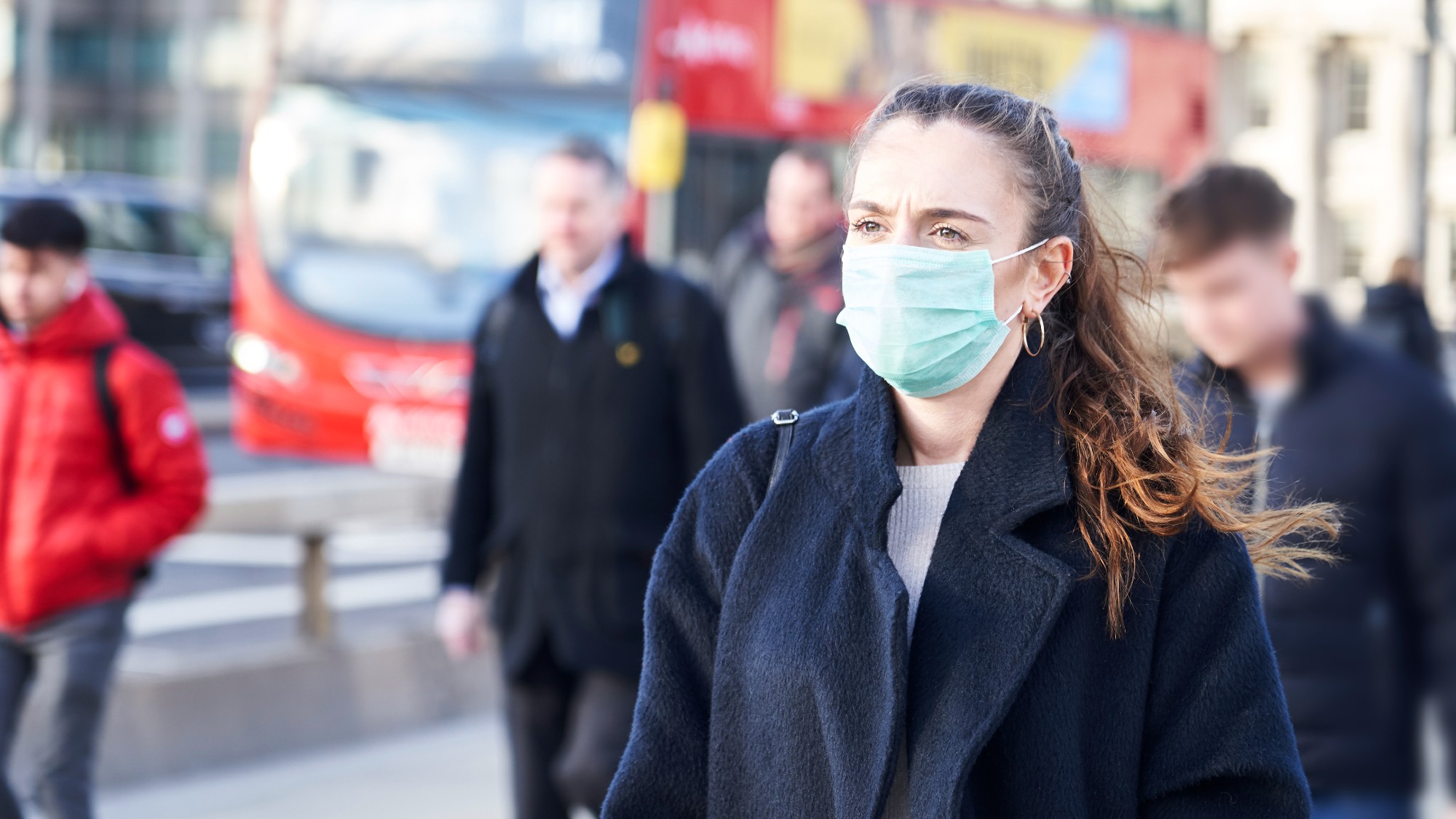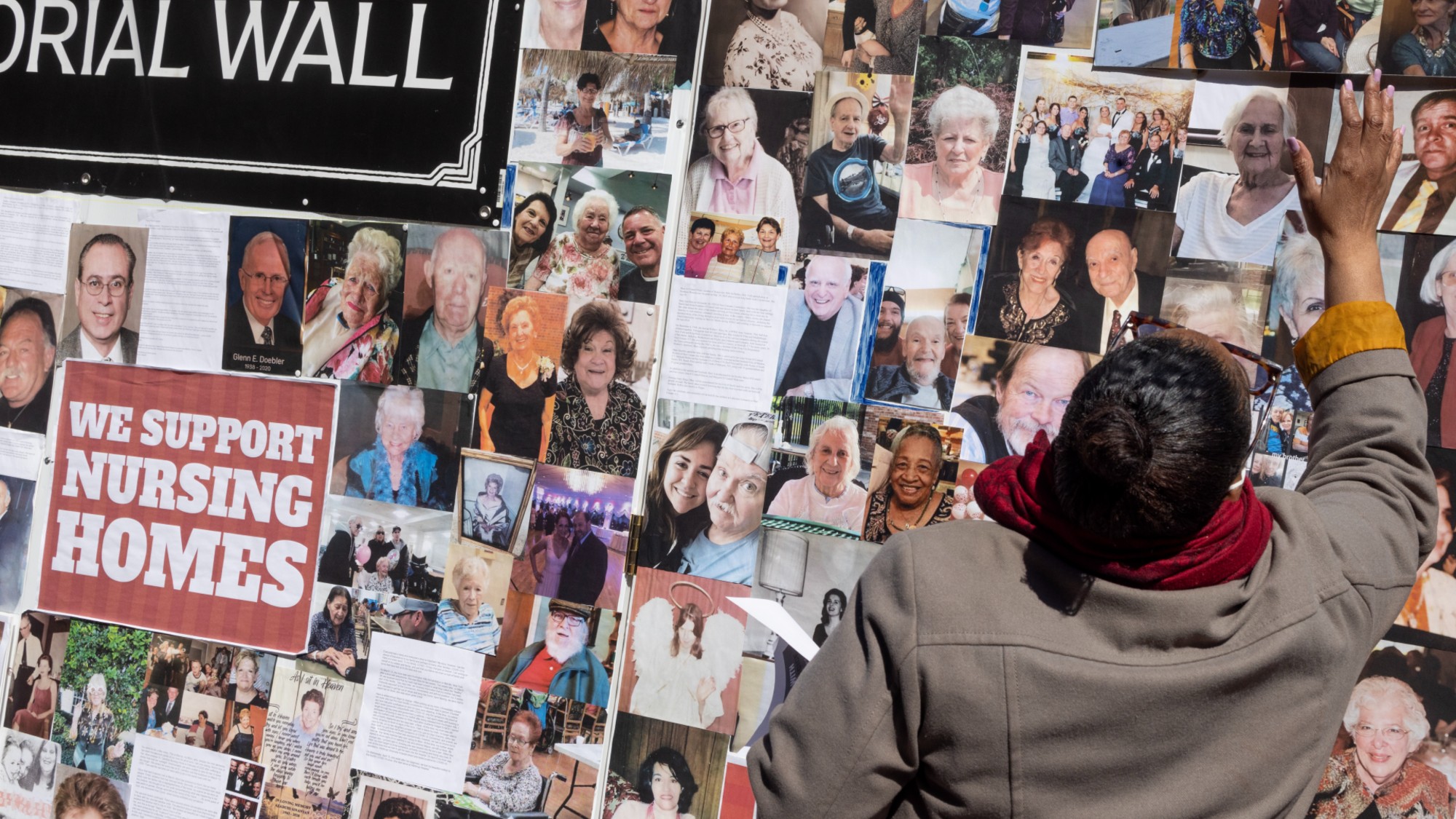What happened to the UK’s Covid statistics after self-isolation was scrapped?
Infections have doubled and hospitalisations are rising in all English regions

Covid infections and hospitalisations have both increased since the government lifted mandatory self-isolation measures on 24 February.
The Daily Mail reported yesterday that Britain’s “Covid wave continued to rebound” as data showed cases “surged by their largest jump since Freedom Day”, when restrictions were eased on 19 July last year.
Government dashboard data showed there were 61,900 new positive tests over the previous 24 hours, up 58.7% on last week’s figure of 39,000. However, noted the newspaper, testing is being wound down, making the true scale of infections harder to measure, and raising the prospect that the true number of infections could be even higher than the official figures suggests.
The Week
Escape your echo chamber. Get the facts behind the news, plus analysis from multiple perspectives.

Sign up for The Week's Free Newsletters
From our morning news briefing to a weekly Good News Newsletter, get the best of The Week delivered directly to your inbox.
From our morning news briefing to a weekly Good News Newsletter, get the best of The Week delivered directly to your inbox.
Daily hospital admissions with Covid are now rising in all of England’s seven NHS regions, and hospitals in the South West region are recording more daily Covid admissions now than during the peak of the Omicron wave.
Between 2 and 8 March, there were 729 deaths within 28 days of a positive Covid test – a decrease of 1.6% compared to the previous seven days. However, this is a lagging indicator, as deaths tend to occur some weeks after infection.
Indeed, prior to the latest surge in figures, the rise in hospital admissions has not followed, as would normally be expected, a rise in cases.
The government website showed that between 1 and 7 March, 4,392,544 tests were carried out – a decrease of 2.8% compared to the previous seven days.
A free daily email with the biggest news stories of the day – and the best features from TheWeek.com
The i news site said that the latest figures “will cast doubt on the government’s ‘living with Covid’ strategy,” under which mass testing is being phased out by 1 April and people are no longer required to self-isolate if they test positive.
Last week it was also reported that the Scientific Advisory Group for Emergencies has been stood down, in what The Telegraph described as “a clear sign that the government believes the Covid crisis is over”.
Commenting on the rise in infections, Dr Simon Clarke, a microbiologist at Reading University, said: “It might be that we’re starting to see the level of protection given by the boosters drop below a level that gives good protection.”
He said the rise in infection is “a reminder that Covid has not gone away yet, and you can’t just wish it away”.
-
 ‘Care fractures after birth’
‘Care fractures after birth’instant opinion Opinion, comment and editorials of the day
-
 Shots fired in the US-EU war over digital censorship
Shots fired in the US-EU war over digital censorshipIN THE SPOTLIGHT The Trump administration risks opening a dangerous new front in the battle of real-world consequences for online action
-
 What will the US economy look like in 2026?
What will the US economy look like in 2026?Today’s Big Question Wall Street is bullish, but uncertain
-
 Covid-19 mRNA vaccines could help fight cancer
Covid-19 mRNA vaccines could help fight cancerUnder the radar They boost the immune system
-
 The new Stratus Covid strain – and why it’s on the rise
The new Stratus Covid strain – and why it’s on the riseThe Explainer ‘No evidence’ new variant is more dangerous or that vaccines won’t work against it, say UK health experts
-
 RFK Jr. vaccine panel advises restricting MMRV shot
RFK Jr. vaccine panel advises restricting MMRV shotSpeed Read The committee voted to restrict access to a childhood vaccine against chickenpox
-
 RFK Jr. scraps Covid shots for pregnant women, kids
RFK Jr. scraps Covid shots for pregnant women, kidsSpeed Read The Health Secretary announced a policy change without informing CDC officials
-
 New FDA chiefs limit Covid-19 shots to elderly, sick
New FDA chiefs limit Covid-19 shots to elderly, sickspeed read The FDA set stricter approval standards for booster shots
-
 RFK Jr.: A new plan for sabotaging vaccines
RFK Jr.: A new plan for sabotaging vaccinesFeature The Health Secretary announced changes to vaccine testing and asks Americans to 'do your own research'
-
 Five years on: How Covid changed everything
Five years on: How Covid changed everythingFeature We seem to have collectively forgotten Covid’s horrors, but they have completely reshaped politics
-
 HMPV is spreading in China but there's no need to worry
HMPV is spreading in China but there's no need to worryThe Explainer Respiratory illness is common in winter